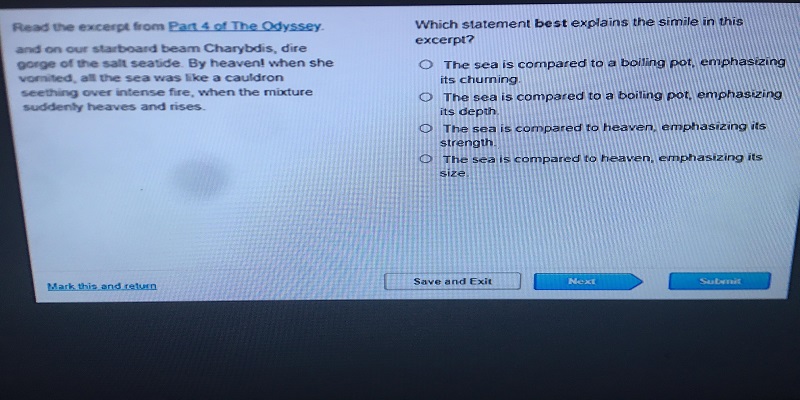Similes are a popular literary device that authors utilize to construct vivid imagery and make comparisons. Similes require being planned, and that you be analytical of where they are. In this article, we explore how similes can be interpreted, how they add meaning to literary works, and how to explain the right answer choice for a simile in an excerpt.
What Is a Simile?
A figure of speech that compares two different things using the words “like” or “as,” a simile. Metaphors make comparisons, whereas similes compare while maintaining separation between the two. For instance, “Her smile was as bright as the sun” makes a comparison between a smile and the sun, highlighting its brightness and warmth.
Similes In Literature: What Is Its Role?
Similes also enrich storytelling with:
Creating vivid mental images
Evoking emotions and moods
Bringing Sound to Life: How to Put Abstract Ideas in Perspective
Characters can benefit from being more than what meets the eye
Similes make writing catchy and stick in the readers mind. Knowing their purpose and effect assists us, in our exploration, to identify the best fit explanation for each simile.
Examining an Excerpt Through a Simile
To analyze a simile in an excerpt, follow these steps:
Find the Comparison: Figure out what two things are being compared.
Check the Context: Read around the text to get a sense for what the author is saying.
Analyze the Meaning: How does the comparison deepen the overall message?
Pick the Best Explanation: It is just for the explanation which best fits the meaning the author intended.
The top explanation would emphasize the violent, aggressive manner of the waves.
A few popular flavours of Simile Interpretations
The misinterpretation of similes can be divided into the following:
Literal: A literal interpretation might overlook the larger meaning; a figurative one is closer to the point of the comparison.
Emotional vs Descriptive: Some similes deal with emotions, while others deliver a sensory description.
Cultural or Contextual Relevance: Some similes depend on certain cultural knowledge to be able to interpret them correctly.
By understanding these differences, it can help you choose the best answer for the most accurate explanation about a simile in an passage. which statement best explains the simile in this excerpt?
The Best Explanations of Examples of Similes
Example 1: “He was as resistant as a mountain.”
IDK: The man is just a literal mountain.
His will is unshakeable, like a mountain; the mountain does not falter before external elements.
Example 2: “She slid through the crowd like a breeze.”
No Wonderful Reason She’s a literal breeze.
With Smooth And Effortlessly Moving correctly: She passed very freely and did not burned this.
“The old man’s voice was as grating as sandpaper.”
Bad Explanation: His voice is like sandpaper.
CORRECT ANSWER: The sandpaper is abrasive and rough, very much like his raspy voice.
The Significance of Selecting the Optimal Explanation
Answering all questions correctly is important to understand literary pieces. Unintentional meanings of similes may create misunderstanding. Teachers, students, and lovers of literature must analyze similes, in order to better their composition so that they too can have the ability to overcome comprehension. which statement best explains the simile in this excerpt?
Conclusion
Similes make language richer and writing deeper. Analyzing the context, comparison, and intended meaning of the aforementioned features helps identify the best explanation of the simile in an excerpt. As such, this skill is an important analytical tool readers can sharpen in order to get the most out of the similes they encounter in literature.


